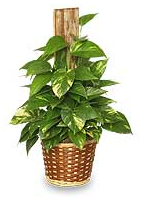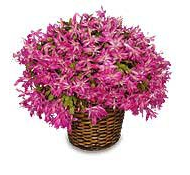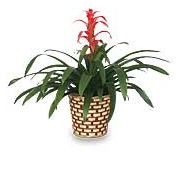Chinese Evergreens Basic Care
The Chinese evergreen (Aglaonema vittata) is a leafy, green plant that thrives in tropical forests or other areas of high humidity, partial light, and moist soil. A common houseplant, the Chinese evergreen flourishes in shady gardens or near humid areas of a home such as a kitchen or bath.
Chinese Evergreen Light Requirements
As a tropical forest plant, most varieties of Aglaonema thrive best in filtered light to partial shade but never direct sunlight. Chinese evergreens perform very well as houseplants or grown out of doors in a shady bed in frost-free areas.
Chinese Evergreen Water Requirements
Chinese evergreens require an evenly moist soil environment and high humidity. Aglaonema cannot tolerate dry air. Water the plant until the soil is moderately moist. Allow a bit of drying out between watering as heavy or excessive watering may lead to fungal problems such as stem or root rot. If watering with common tap water, allow the open container to sit for a few minutes to allow any chlorine to evaporate.
Chinese Evergreen Fertilizer Requirements
Grow Chinese evergreens in peat based potting mix or a soil mixture containing perlite. Apply a balanced liquid fertilizer (20-20-20) every 2-3 weeks during the growing season; reduce the applications during the winter season. For outdoor plants, grow in well-drained and moderately fertile soil enriched with humus.
Chinese Evergreens Pests & Diseases
Chinese evergreens (Aglaonema vittata) are sensitive to insect and pathogen problems. Common insects affecting the Chinese evergreen include scale insects, mealy bugs, spider mites, and aphids. Pathogen (fungal and bacterial) problems usually occur in plants that have been heavily watered. Stem and root rot are common fungal problems for Aglaonema along with fungal leaf spots for plants that have been sprayed and Dasheen mosaic virus in some plants.
Chinese Evergreens Propagation & Potting
Propagate Chinese evergreens by separating basal shoots with 3-4 leaves and preferably attached root growth. Other options include propagating by division in the spring or the fairly difficult option of tip cutting with bottom heat. Cuttings may be rooted in soil or water year round.


 Find Your
Find Your 






